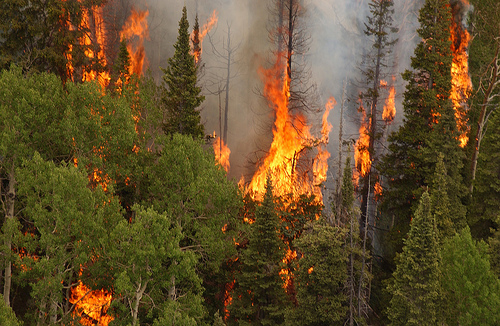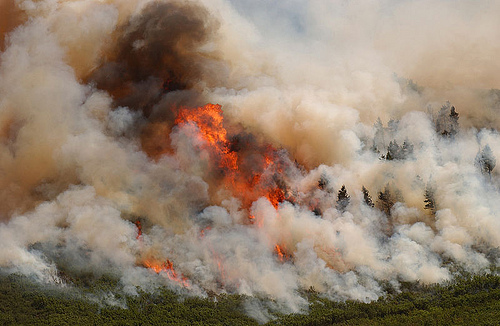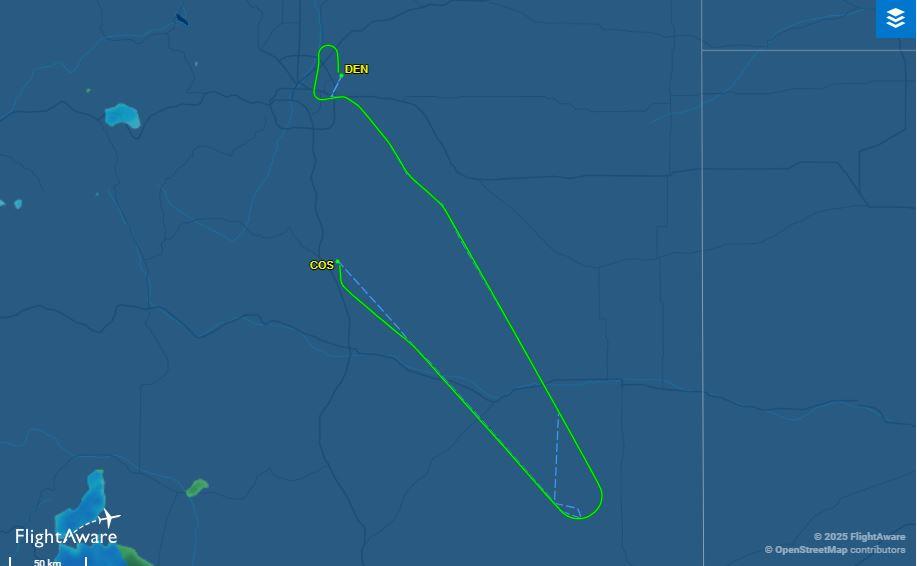

A new study concludes wildfires across the Front Range are not becoming more severe in scientific terms.
Researchers from CU-Boulder and Humboldt State University, Arcata, California, studied the timing and severity of fires going back to the 1600s, using fire-scarred trees and tree-ring data.
They define "severity" according to the percentage of fire-killed trees in a given area.
In the study released Wednesday, only 16 precent of 1.3 million acres of ponderosa pine and mixed conifer forest on the Front Range showed a shift from historically low-severity fires to severe. More intense types of blazes include crown fires that can hop from treetop to treetop.
CU-Boulder geography professor Thomas Veblen, a co-author of the study, says some people still believe today's fires are more severe because of fire suppression that allowed forest fuels to build up in the past century. But that's not what the study found.
"The key point here is that modern fires in these Front Range forests are not radically different from the fire severity of the region prior to any effects of fire suppression," Veblen says.
CU-Boulder research scientist Tania Schoennagel adds: "It’s true that the Colorado Front Range has experienced a number of large fires recently. While more area has burned recently compared to prior decades – with more homes coming into the line of fire – the severity of recent fires is not unprecedented when we look at fire records going back before the 1900s.”
While the researchers say fire severity, in scientific terms, has not much increased in recent years, they don't dispute the findings of a federal study last year.
"The number of wildfires exceeding 50,000 acres has increased over the past 30 years, with most of that change occurring over the past 10 years," the USDA report states. "Many of these large wildfires are more intense than they were in the past."







